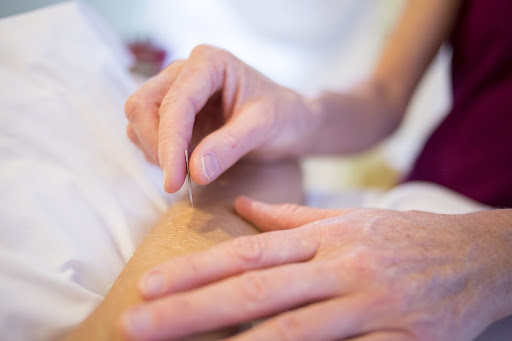It can be easy to mix up dry needling vs. acupuncture treatment. Their most similar trait is the act of inserting a dry, stainless steel needle into the skin. It can be very difficult to discern between the two treatments when looking at a picture. They both act as a way to treat and prevent pain. Yet, they are very different from each other.
Most of their differences come from their origins. Acupuncture is an Asian medical practice with roots in Traditional Chinese Medicine. Acupuncture aims to open up Chi in one’s body. Chi is the energy that can become dislodged or trapped in different areas of the body.
Acupuncture is believed to be thousands of years old, whereas dry needling is rather new. If you’re interested in either treatment, these are the differences you need to keep in mind.
Dry Needling vs. Acupuncture -Acupuncture
Acupuncture is the ancient practice of inserting needles into the body. It aims to open up the body’s flow of Chi, which is believed to provide healing energy. When Chi is interrupted, pain points appear that can negatively affect the body. Acupuncture was created to treat pain and minor illnesses.
Modern Day Practice
Licensed and trained acupuncturists are the only individuals who can/should provide acupuncture treatment. Some train for up to four years and undergo regular examinations to maintain their license.
Acupuncturists must pass testing from the National Board of Examiners along with their license. It’s considered an official medical treatment and is often covered by insurance.
Benefits
Acupuncture comes from the belief that Chi is blocked by the illness or injury affecting the body. Even so, it has been proven to help with many conditions. Some have even used it to treat addiction and chemical dependency. The most common reasons for acupuncture treatment include:
- Pain
- Headaches
- Menstrual cramps
- Allergies
- Nausea
Dry Needling vs. Acupuncture – Dry Needling
Dry needling is a newer practice that began in the 1980s. It is not based on the meridian lines that acupuncture uses to determine injection points on the body. Dry needling practices are based on activating trigger points within the body’s larger muscles. Overall, it’s much less of a holistic approach to bodily health and well-being when compared to acupuncture.
One of the biggest differences between dry needling vs. acupuncture is the type of needle that’s used. A filiform needle is inserted into the skin. This short, fine, stainless steel needle varies in size, length, and gauge from acupuncture needles.
Practice
Unlike acupuncture, dry needling practitioners don’t need extensive training. There are currently no licenses or supervision required out of dry needling practitioners. But, it is still performed by trained physical and sports injury therapists. Always do your research on dry needling and make sure you work with someone that’s experienced in physical therapy.
Benefits
Since it is regularly practiced for physical or sports medicine, dry needling aims to help with muscular pain. Some of the most commonly treated conditions include:
- Muscular pain
- Fibromyalgia
- Osteoarthritis
- Sports injuries
If you have been interested in acupuncture on the South Shore, this information is great for those unfamiliar with how acupuncture works or differs from other treatments.
Are you look for acupuncture in Quincy, MA? – click the link to contact us and book your appointment today!
